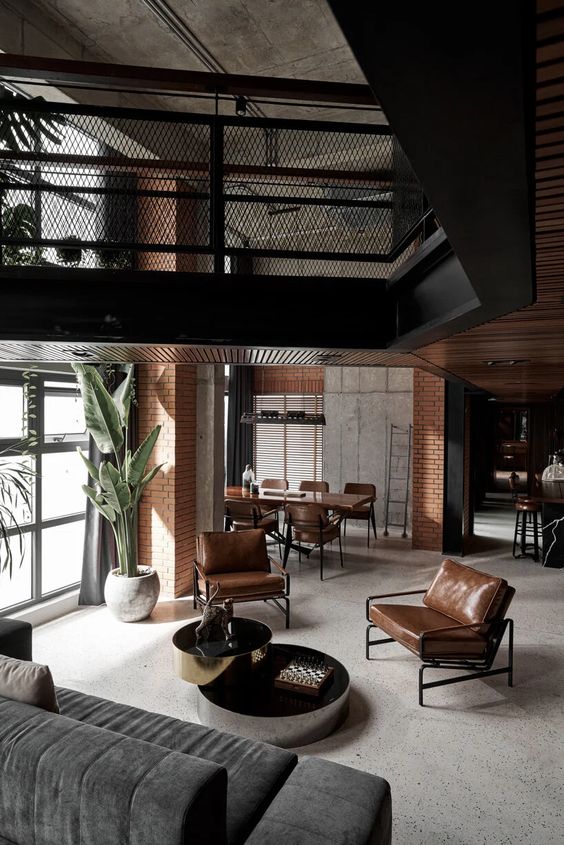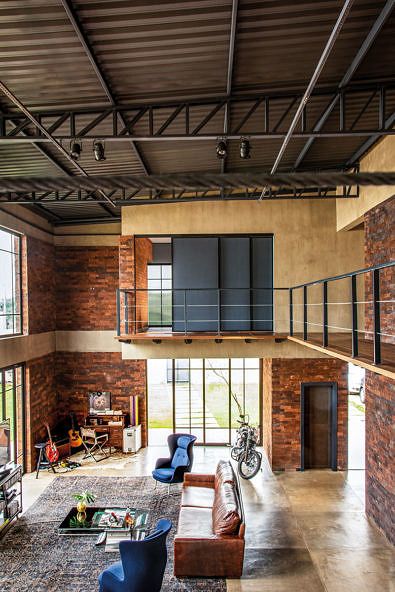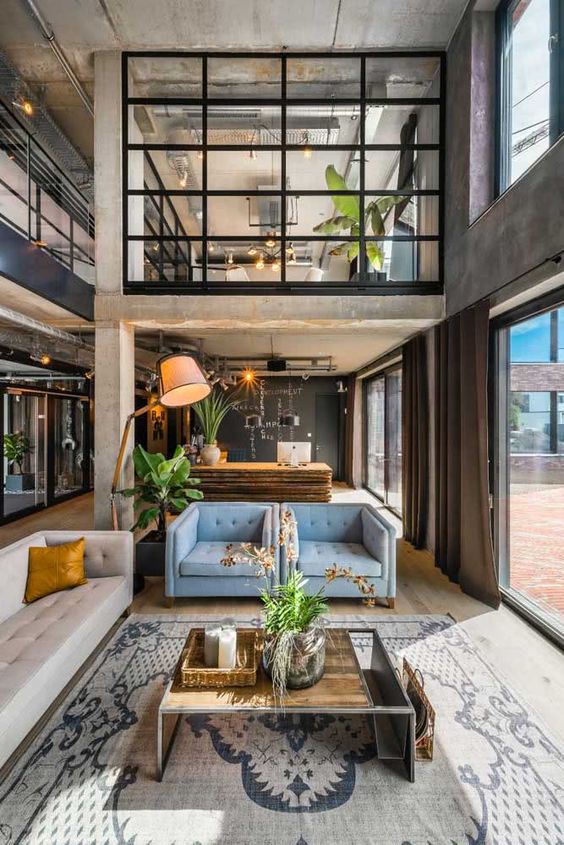Peyrevent.com – Industrial design focuses on the form, function, and manufacturing of a product or service. The goal of industrial design is to create products that solve a need and improve the lives of people using them. The process involves developing products that are both user-friendly and attractive, and it blends form and function. The process can involve both 2D and 3D features.
Popular Eco-Friendly Practices
Industrial architecture is also popular for its environment-friendly practices. It minimizes the amount of waste generated, making it a great choice for green housing. Most industrial spaces are located in urban centers, where they are easily accessible via bicycles or public transportation. Furthermore, because many building materials used in industrial architecture are recycled from former spaces, these buildings are able to produce less waste and have a lower carbon footprint than conventional homes.
Industrial designers are often part of interdisciplinary teams that incorporate other specialists from different disciplines. This helps them understand problems and respond to user needs more effectively. As an example, industrial designers may work with engineers, strategists, user interface designers, branding experts, and graphic designers to create a product. As a result, industrial designers play a vital role on the production team.

Industrial architecture has also inspired many notable works of art. Banks, train stations, and factories have enriched the architectural landscape with impressive designs. Reviewing the most popular industrial architecture beacons allows you to understand the process and the creativity that led to such innovative buildings. In addition to productivity, environmental impact, and culture all influence final designs. While some of the buildings may not be particularly unique, others challenge the human eye to envision something grander.
Industrial Style Design Characteristics
A notable industrial architecture project is the Ford Richmond Assembly Plant, built by German architect Albert Kahn in the mid-1930s. At the time of its construction, it was the largest assembly plant on the West Coast. It later shifted its efforts to support World War II. The building is composed of brick and steel, and features numerous skylights and large glass windows. Today, the Ford Richmond Assembly Plant is an important cultural center for the local area.

Industrial design has become a trendy style in recent years. Reclaimed industrial buildings are turning into chic lofts, expensive office spaces, cafes, restaurants, and hotels. Its influence has reached far beyond the industrial realm, and even non-industrial environments are influenced by it. Typical industrial characteristics of the style include exposed structural elements and raw materials.
Improves Functionality and Aesthetic Appearance
Industrial designers are responsible for improving the functionality and appearance of a variety of products. They are also responsible for ensuring that mass-produced items are safe and convenient for users. Industrial designers often incorporate aesthetics into their designs, and often use big-picture thinking to improve their products and services. These designers are responsible for the iconic look of brands and products. A good industrial designer should also be able to anticipate the needs of consumers and respond to their requirements.

Industrial designers work with engineers to create concepts for manufactured products. Industrial designers consider how consumers use products and then test prototypes to make sure they work. They also consult with market research analysts to create marketing plans. Industrial designers may travel to manufacturing facilities to oversee their efforts. In many cases, they may even work with engineers to ensure their designs are cost-effective and attractive.


